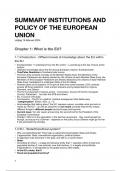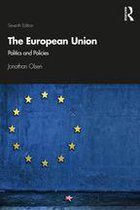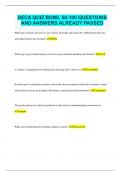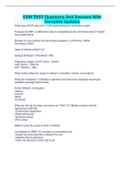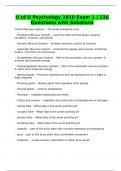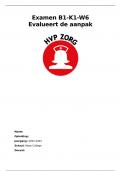Samenvatting
Samenvatting Institutions and Policy of the European Union
- Vak
- Instelling
- Boek
Dit is een samenvatting voor het vakdeel Institutions and Policy of the European Union, gegeven door Franziska Petri. Gemaakt op basis van het boek van Jonathan Olsen, slides, en eigen notities. Ik heb hiermee een mooie score van 15/20 kunnen behalen.
[Meer zien]
